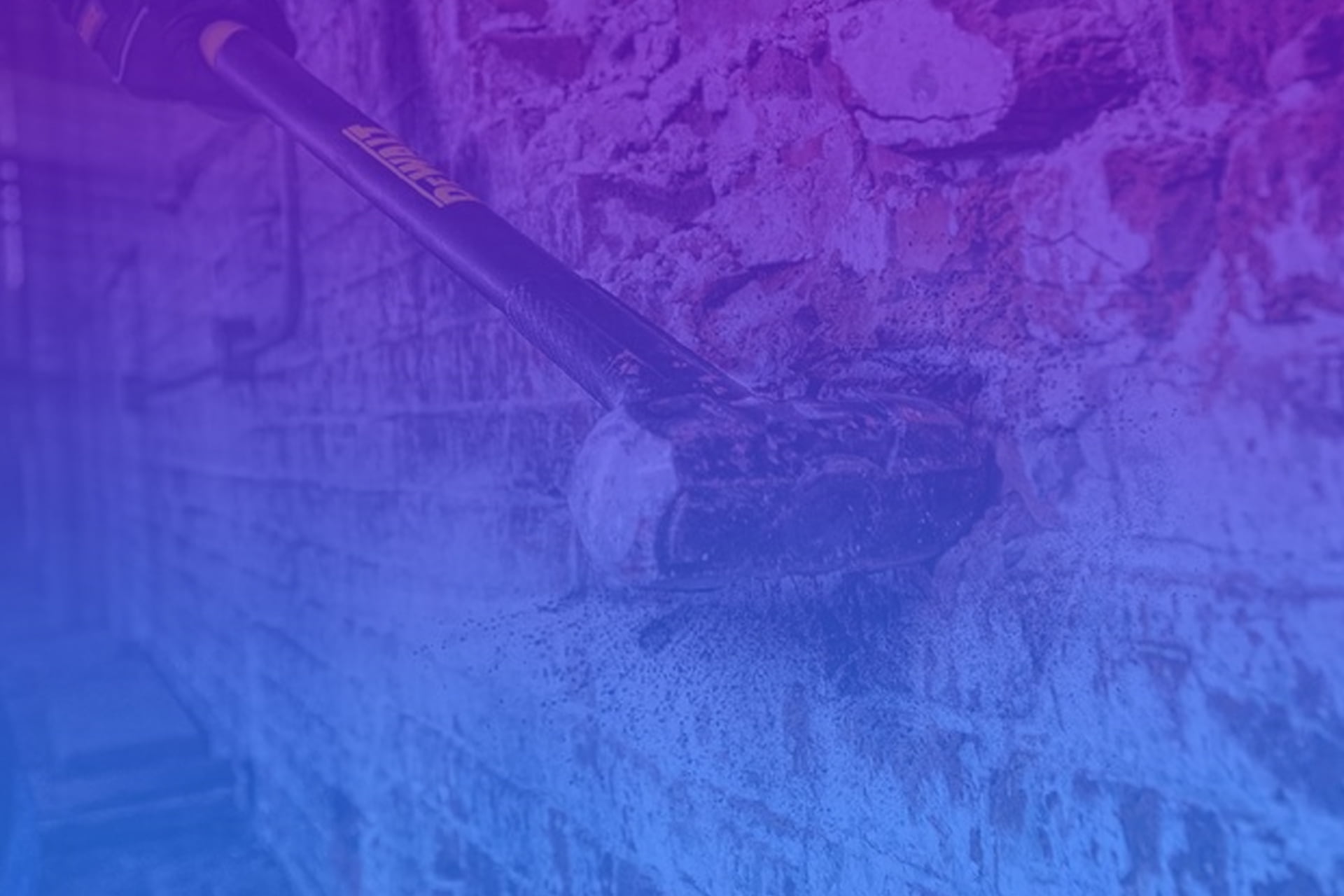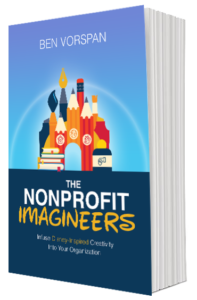
We’ve all heard it before – at work and at home – from a boss, a family member, a friend, and subconsciously, from ourselves.
To be completely fair, we can’t disregard our past. I’ve worked with many synagogues, where thousand-year old traditions guide much of what we did. I can’t expect the board to throw it away just because it clashes with the user experience I want to create. Nor should I be developing ideas with that expectation.
The key is to develop an environment of creativity that allows for new ideas while embracing traditions. Sometimes “because we’ve always done it that way” is a beautiful foundation from which to begin building. Sometimes what we’ve always done can co-exist with, and complement new ideas.
Creative Destruction in the nonprofit environment
The problem is, often innovative ideas kill outdated ideas. It replaces things that are ready to be replaced in a concept Joseph Shcumpeter calls “Creative Destruction.”
I know that sounds scary, but it’s the way of the world. The programs that were successful in the 1950s have been replaced time and time again in the past 70 years. Many of the Disneyland rides that we (or our parents, or our grandparents… depending on who’s reading this) loved as children, have since been updated or replaced because their time has come.
What’s even scarier for those of us pushing for change is that sometimes new events end up being epic failures. Sometimes we’ll replace a tired, stale fundraising campaign with something we believe will be new and exciting, only to find that it receives less participation, and raises less money than its predecessor. Look at the big Tomorrowland update at Disneyland in 1998 – most people would have kept the previous iteration if they had the choice…
But there’s good news for those of us trembling at the thought that we are about to embark on a path that will forever change our organizations and lead to their demise! Back when I worked in real estate, my boss used to say that no matter how good a salesman you are, there’s no way you’re going to convince someone to buy a house they don’t want to buy. With so much on the line, there’s a sense of relief knowing that we aren’t going to force someone into making the biggest mistake of their life against their will. Similarly, Matt Ridley tells us that “Innovation cannot push new ideas on people unless they want them.”
For those of us who don’t take big chances on revolutionary, game-changing ideas out of fear that what we’re about to do might lead down the road of creative destruction – take solace in the principle that nothing will die unless it has genuinely reached the end of its life. Not only that – if something is ready to die, it’s been on that path for years, or decades. It’s not because, out of the blue, we decided today’s the day to kill it. Tomorrowland was ready for an update in 1998. This wasn’t a case of “if it ain’t broke, don’t fix it.” This was an opportunity to transform something that clearly wasn’t very forward-thinking anymore, and add new technology and a fresh approach. Unfortunately, they failed at a few of those goals (I’m looking at you, rocket rods), but for the most part, it was a step in the right direction.
That doesn’t mean we won’t still feel resistance from the “what we’ve always done” crowd, but it’s one less thing to worry about as we push for change.
 Celebrate 2 years of Imagineering!
Celebrate 2 years of Imagineering!
Comments are closed